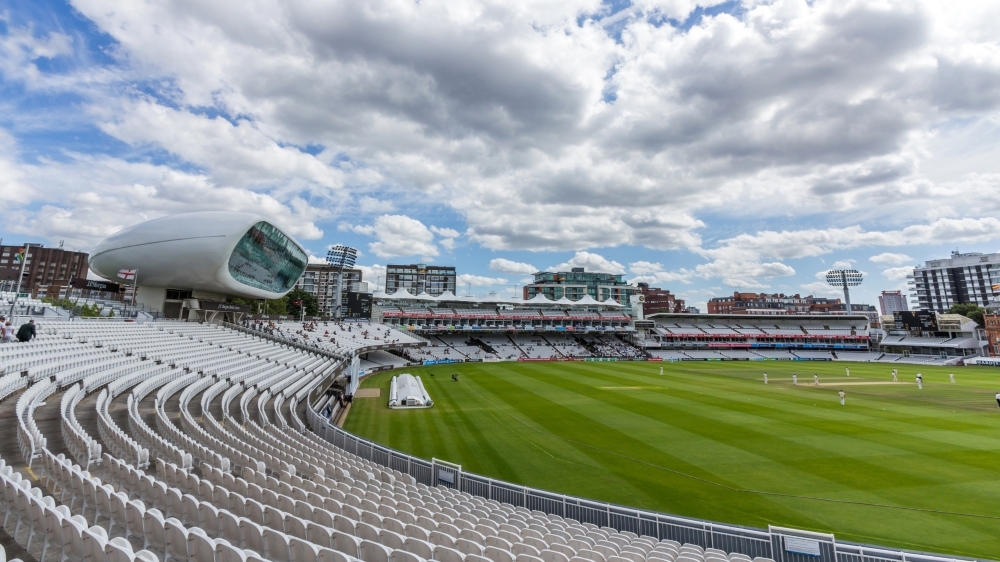Best Painters Of All Time
The Art of Emotion: Fine Artists Who Moved the World
Art is a highly subjective pursuit, and any list of the greatest artists will inevitably spark debate. Tastes vary, and opinions differ widely. However, there exists a select group of painters whose influence, mastery, and legacy are universally acknowledged – artists who consistently feature in top-10 or top-20 lists among critics, historians, and enthusiasts alike. These are the painters who transcend personal preference and stand as the best painters of all time.

VINCENT VAN GOGH
The lasting impact of this 19th-century Dutch Post-Impressionist on modern art is utterly astonishing – even more so when you consider the anonymity and battles he endured while alive. Van Gogh had a litany of personal struggles – many of which came through in his work – showing signs of mental instability from an early age. What’s even more surprising is that this legendary artist was largely self-taught; he didn’t start painting properly until his late 20s.
While attempting to cope with bipolar disorder (and possibly alcoholism), Van Gogh spent time at an asylum and lost an ear by his own hand – before ending his life by shooting himself in the chest with a revolver.
By the early 20th-century, his best work, produced in a prolific three-year period in which he created and sold over 850 paintings, was beginning to be recognised as masterful. His vibrant paintings are full of dramatic strokes and bold colours; unmistakably Van Gogh. To say these paintings are emotionally-charged is a gross understatement, because we know the narrative of his life; they are loaded with deep layers of complex story and meaning. Iconic paintings such as Starry Night and Irises are among the highest prices ever paid for pieces of art, and Van Gogh’s work is still admired by millions every year in the Amsterdam museum dedicated to his works.
HENRI MATISSE
It’s a proven tenet of the human condition that we tend to overcompensate: to load things on and keep going in order to make a statement or prove a point. But, often in life, less is more. Henri Matisse (1869–1954) knew this in his bones, and set about creating visionary paintings – genuinely masterful images – by stripping things back. By rethinking how a painting could communicate to its audience and using much simpler forms, classically-trained Matisse rejected any sense of naturalistic realism and cleverly opened the door for a minor revolution. He believed that colour itself could convey meaning and emotion, independent of the subject matter of a painting, and this thesis was proven right.
His best work emits a beautiful sense of movement and rhythm, with a perfect sense of line and form, and with emotional expression at the fore. ‘Dance’, made in 1910, personifies this. It’s a monumental painting that depicts five red figures in a circle, dancing joyously against a blue background. Despite the simplicity and relative abstraction, it is jam-packed with vitality and feeling.
PABLO PICASSO
Where do you start with the prolific, staggering genius of Pablo Picasso? This iconic Spanish painter, sculptor, printmaker, ceramicist, and stage designer is probably the most influential artist of the 20th century, constantly creating awe and wonder while exploring his deep well of talent throughout an unthinkably rich career which spanned more than seven decades.
Picasso was a master of reinvention, forever exploring new styles and techniques. He essentially created Cubism, a movement that deconstructed objects into geometric shapes and depicted them from multiple perspectives. This whole movement summed him up: he loved to challenge traditional notions of representation and perspective. “Every act of creation is first an act of destruction,” he said. ‘Man with a Guitar’ is a primary example of this philosophy of deconstruction.
By the time he died in 1973, at the age of 91, the great Spaniard had left behind a mind-blowing body of work – more than ten thousand pieces covering virtually every artistic medium. His paintings, however, stand the test of time more than any other: Girl Before a Mirror, La Vie and Dora Maar au Chat are typically pioneering and emotive, brilliantly exploring themes that we address to this day: identity, vanity, and self-perception.
FRIDA KAHLO
We know that art history in the 20th century (and earlier) didn’t do nearly enough to encourage, cultivate, recognise, champion or hail female painters. Unfortunately, that was an indictment of the times: women were sidelined from frontline creativity and expression, and certainly not encouraged to explore themselves or society via a canvas, with brush in hand.
Thankfully, and perhaps because of this, Mexican painter Frida Kahlo is a glorious exception to the rule. Nowadays, she is resoundingly regarded as one of the most influential artists of all time, and with an impact that continues to grow, she is widely celebrated for both her exceptional skill as a painter and even more so for the emotional charge and intensity of her work.
A master of the self-portrait, Kahlo created more than 50 images of herself during her short lifetime (1907-54), in which she furiously explored her identity as a woman, her Mexican heritage, her status in society, and her physical suffering (a near-fatal bus accident as a young woman had left her suffering with chronic ill health). Reflecting raw pain and vulnerability, modern ‘audiences’ find her work universally relatable, and by touching on themes like social isolation and miscarriage, her ‘warts-and-all’ honesty was revolutionary at the time. Suffice to say her style was inspired: with bold, vibrant colours and a plethora of symbolic elements, her paintings were meticulously planned and perfectly composed. It is testament to her brilliance that, in an age dominated by male painters, she managed to overshadow another Mexican great, her own husband Diego Rivera.
GUSTAV KLIMT
While women were not prominent protagonists within the foremost art movements of the 19th and early 20th century, they were absolutely critical to prominent artists – and the work of Gustav Klimt is a shimmering case in point.
This deeply talented Austrian symbolist painter, who was one of the most prominent members of the Vienna Secession movement, used the female body as his primary subject, developing his highly decorative and symbolic style while focusing on themes of sensuality, life, death, regeneration, and eroticism.
Klimt is best known for his ‘Golden Phase’ (1900–1910), when he conjured up visually stunning works such as The Kiss and Portrait of Adele Bloch-Bauer I (aka Woman in Gold). Both paintings take you to another world: his use of gold leaf, inspired by his love for Byzantine mosaics, gives them a glowing quality, while the flattened, decorative forms and detailed patterns are highly stylised and wonderfully rendered. A true original who explored the human condition, Klimt continues to captivate to this day.
LEONARDO DA VINCI
What makes this fabled Italian polymath stand out when compared to others on this list is the time in which he existed. Arguably one of the most fascinating minds in history, Da Vinci wasn’t just a painter; he excelled in almost every area in which he devoted time. Equal parts engineer, sculptor, scientist, botanist, astronomer and architect, there is no telling how much this iconic figure would have changed the world had he lived in modern times – and it is testament to the talents of the man that he isn’t just regarded as a world-class painter, although he undoubtedly was.
Works such as The Mona Lisa and The Last Supper are regularly referred to as some of the best paintings in history, but Da Vinci’s works go much deeper. Renowned for his influence during the High Renaissance, he is also responsible for classic works such as Saint Jerome in the Wilderness and Virgin of the Rocks, among many, many more.
It is no surprise, then, that a man of such talent was responsible for creating the most expensive painting ever sold; his “Salvator Mundi” piece was bought by Saudi prince and minister of culture, Badr bin Abdullah bin Mohammend bin Farhan Al Saud, in 2017, for an incredible $450.3 million.
SALVADOR DALI
A man whose life was almost as surreal as his paintings, Dali was renowned for his highly eccentric personality, which was arguably the driving force behind his iconic works.
Over the course of his career, the Catalan was recognised for his technical expertise and highly precise draftsmanship, while also turning heads with the often-bizarre images he created. But, as the old saying goes, there is a fine line between genius and insanity, and no one exemplified this idea better than Dali.
Some of his works, such as the surrealist classic “The Persistence of Memory”, are unmistakably Dali, while the multi-levelled oil painting “The Hallucinogenic Toreador” stands the test of time as another example of his brilliance. So influential was the master painter, in fact, that two museums are devoted to his talents: the Dali Theatre-Museum in his hometown in Catalonia and the Salvador Dali Museum in Florida.
Dali still has a profound impact on popular culture to this day – famously influencing fellow surrealist Damien Hirst – and has, over the years, been portrayed in multiple films such as the excellent Midnight in Paris, played by Adrien Brody.
To stand back and really consider the impact and influence of the world’s greatest painters is many things: educational, rousing, troubling, inspiring. Before the era of mass media – and especially before the age of instant global messaging via digital means – artists, especially painters, were critical communicators. They lit up the world, stirred the emotions, and helped society better understand itself. That they retain that power tells its own story.



